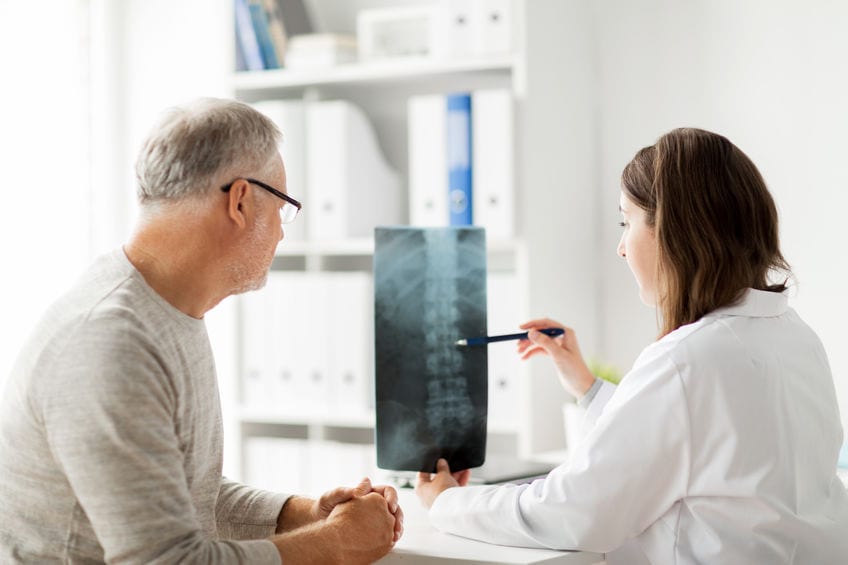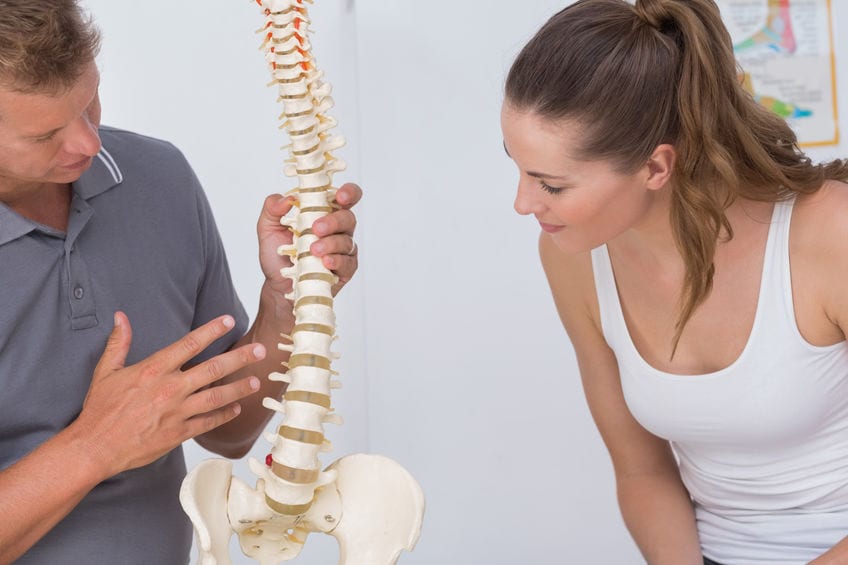Aging and Spinal Stenosis
Reading Time: 2 minutesArthritis, an umbrella term for more than 100 types of joint conditions, affects over 50 million adults and 300,000 children. Osteoarthritis is the most common form of arthritis and occurs when cartilage breaks down. The lack of cushioning forces bones to rub together and causes pain, stiffness, and swelling. As osteoarthritis symptoms worse, a condition called spinal stenosis can develop.
Spinal cord and nerve compression
Osteoarthritis is a condition typically associated with older adults that can degenerate into worse symptoms. Spinal stenosis refers to the narrowing of the spinal column, which contains the spinal nerves. Cervical spinal stenosis occurs in the neck, causing arm, shoulder, and hand pain, while lumbar spinal stenosis affects the lower back and can cause symptoms in the legs, feet, and buttocks.
The main culprit
Osteoarthritis can result in the breakdown of cartilage in the vertebrae, causing the development of bone spurs called osteophytes. The constriction of the spinal opening can pinch or squeeze nerves, creating a range of symptoms including numbness, weakness, tingling, or radiating pain.
When osteoarthritis isn’t at fault
Arthritis isn’t always the cause of spinal stenosis. Spinal stenosis can develop in conjunction with osteoarthritis due to a different underlying cause. Other spine conditions and diseases that can lead to spinal stenosis include a collapsed vertebral disc or an inherited spine disease. A physician may use medical imaging and perform lab tests to determine any underlying cause, such as ankylosing spondylitis and nutrient deficiencies.
Nonsurgical intervention
Doctors can recommend nonsurgical treatment options to reduce the symptoms of spinal stenosis. Light exercise and stretching can help in numerous ways, including strengthening the muscles around the spine, maintaining flexibility, and improving a person’s mood. An epidural injection or medication can ease painful symptoms, but sometimes, surgery is needed.
Surgical solutions
Spinal stenosis may require surgery if the condition persists or worsens with other treatments. Surgery involves relieving pressure from the nerves through various surgical procedures. A laminectomy is the most common type of spinal stenosis treatment and involves removing the back part of the affected vertebra.
Minimally invasive and safe treatment
The type of treatment employed will depend on the severity of the patient’s spinal stenosis. Prevention is a crucial component to reducing the risk of developing arthritis and spinal stenosis. Even severe cases can experience considerable relief with surgical decompression. Patients can speak with a spine specialist to learn more.










